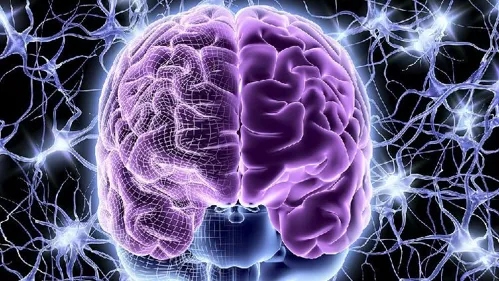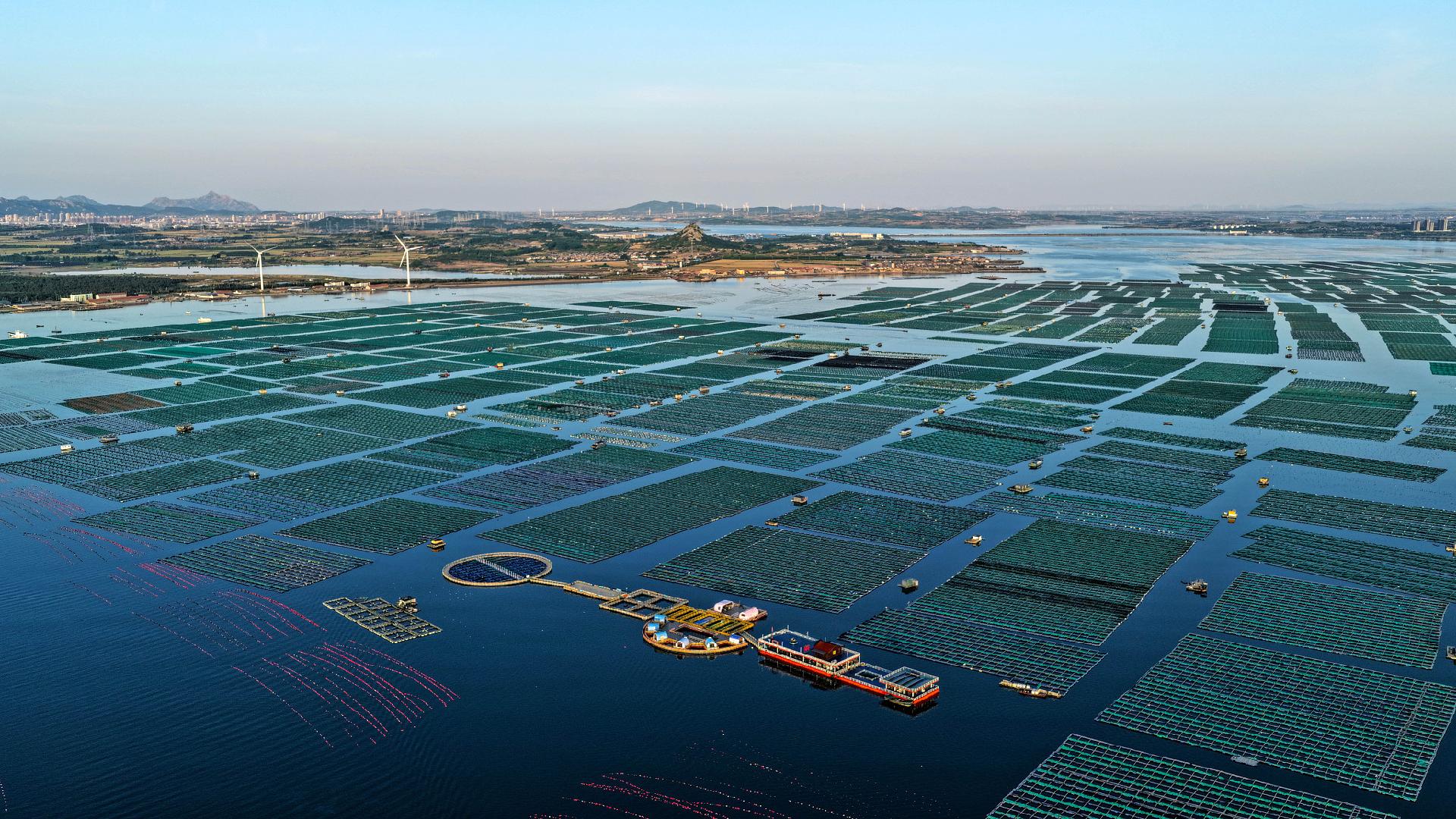Chinese Scientists Create Innovative Hydrogel for Brain Injury Treatment

Chinese researchers have achieved a significant breakthrough in brain injury treatment by developing a novel cocktail hydrogel that enhances the regeneration of the neurovascular unit and aids in repairing damaged brain tissue. This innovative approach offers a promising theoretical foundation and novel strategies for cell replacement therapies targeting cortical brain injuries.
Transplantation of human neural progenitor cells, or NPCs, presents a notable potential for treating traumatic brain injuries. Nevertheless, this method faces several substantial obstacles, particularly low cell survival rates, ambiguous differentiation pathways, and limited efficiency in functional integration within the host environment.
The team at the Guangzhou Institutes of Biomedicine and Health, part of the esteemed Chinese Academy of Sciences, has formulated a state-of-the-art cocktail hydrogel. This hydrogel features a unique three-dimensional scaffold structure, designed with biomimetic properties to better interact with the biological environment.
A recent study published in the Journal of Advanced Research outlines how this new material effectively simulates the biochemical and mechanical characteristics of the natural extracellular matrix. This innovative approach significantly enhances the adhesion, survival, and lineage-specific differentiation of human NPCs within the hydrogel.
Moreover, the biomimetic structures of the hydrogel, combined with its bioactive microenvironment, deliver sustained neurogenic induction signals, closely replicating brain tissue properties. This mechanism effectively propels the transformation of human NPCs into functional interneurons, which are vital for facilitating advanced cognitive functions in humans.
The researchers also discovered that the hydrogel plays a crucial role in reconstructing the microstructure of the neurovascular unit. It significantly enhances the local immune and metabolic conditions at the injury sites while promoting the survival and differentiation of human NPCs into cortical interneurons.
Overall, this pioneering hydrogel contributes to the reconstruction of damaged brain tissue and holds the potential to partially restore neural conduction functions. The implications of this research could be transformative for the future of brain injury treatment.
(Cover: Illustration of the brain and neural networks. /VCG)
Read These Next

Norway and China Forge Green Cooperation for Climate and Economy
Norwegian leaders urge stronger green cooperation with China to tackle climate challenges and boost economic recovery.

Denmark seeks green transition partnership with China
Denmark's Soren Gade urged stronger green tech ties with China at their 75th diplomatic anniversary, citing successful collaborations.

Study finds connection between nighttime light exposure and depression
Study shows chronic exposure to artificial night light activates brain pathways linked to depression-like behaviors in tree shrews.
